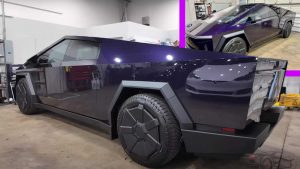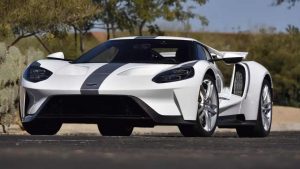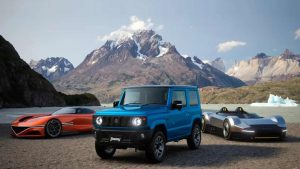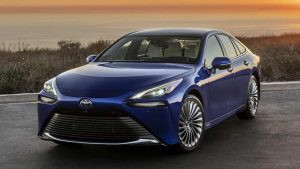Toyota, Sasol, and Air Products collaborate on hydrogen ecosystem in South Africa
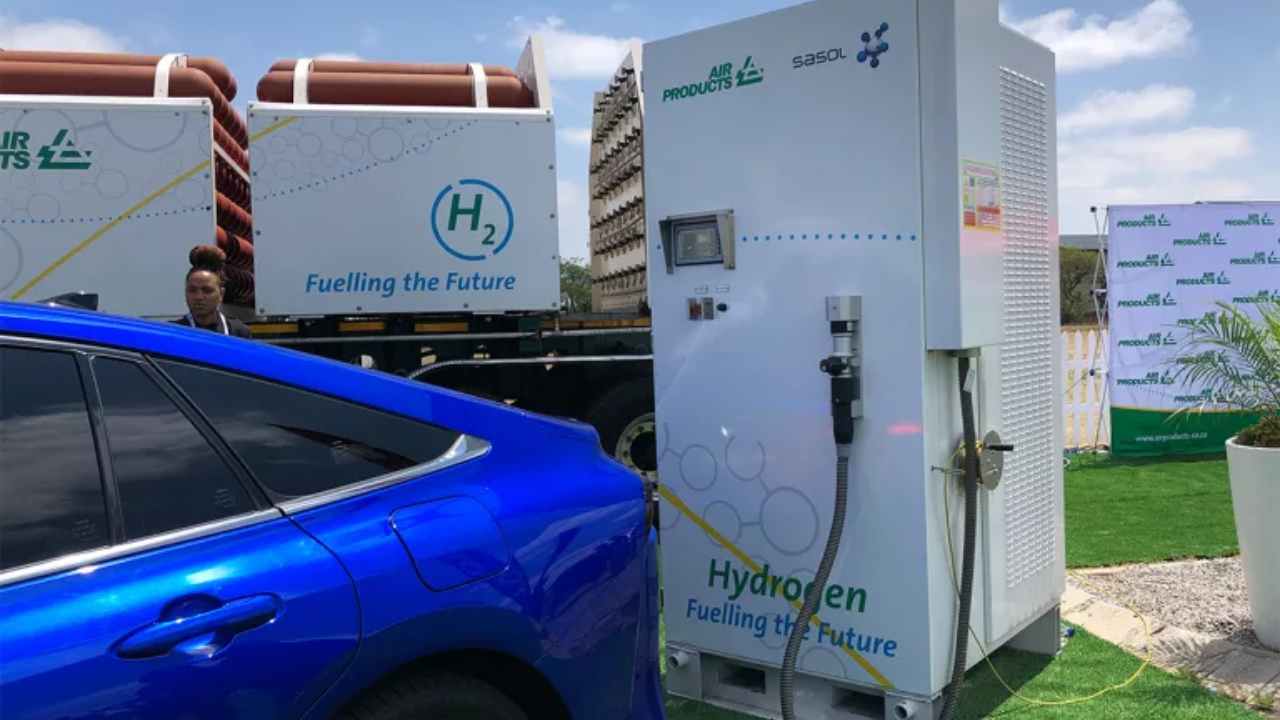 Overcoming Challenges and Building a Sustainable Hydrogen Infrastructure
Overcoming Challenges and Building a Sustainable Hydrogen Infrastructure
In a groundbreaking partnership, Toyota, Sasol, and Air Products showcased their historic hydrogen ecosystem at the Smart Mobility Africa Summit, marking the first-ever hydrogen-powered drive on South African soil. While Toyota’s hydrogen Mirai vehicles offer promise for a sustainable future, challenges remain, especially in a country with a constrained grid.
Sasol, recognizing hydrogen’s potential as a game-changer for sustainable transportation, has taken steps to produce green hydrogen efficiently. Their green plant in Sasolburg, powered by a 3 MW solar farm (soon to be supplemented by 69 MW from a wind farm), aims to produce 3,500 tons of green hydrogen daily. This commitment to green production aligns with South Africa’s energy transition goals.
However, distribution remains a critical challenge. Establishing a network of hydrogen refueling stations is a gradual process, similar to the evolution of other infrastructures like fuel stations, telephone towers, and rail systems. Air Products, a partner in the hydrogen ecosystem, brings valuable experience and a substantial infrastructure for hydrogen distribution, with over 250 hydrogen fuelling sites in 20 countries and a history of safe hydrogen fuelling operations.
Toyota South Africa Motors’ CEO, Andrew Kirby, acknowledges that hydrogen faces hurdles in becoming a truly viable option. Commercializing hydrogen requires significant investment and government support. The partnership envisions eco-clusters, starting with high-traffic areas, and eventually expanding along major long-haul routes in South Africa and other African countries.
Hydrogen technology, for now, appears more suitable for long-distance commercial vehicles. Kirby emphasizes the need for businesses and fleets to commit to hydrogen fuel cell electric vehicles (FCEVs) and infrastructure to achieve affordability. Hydrogen FCEVs could potentially be 4 to 5 times cheaper per 100 km compared to conventional ICE vehicles, coupled with the advantage of low maintenance electric powertrains.
While FCEVs mitigate grid dependency issues by using hydrogen as fuel, the technology is still evolving and can be expensive to produce. However, with the right support and interest, hydrogen mobility holds the potential to drive South Africa toward a zero-emissions future, offering an alternative to traditional ICE vehicles and addressing environmental concerns.

